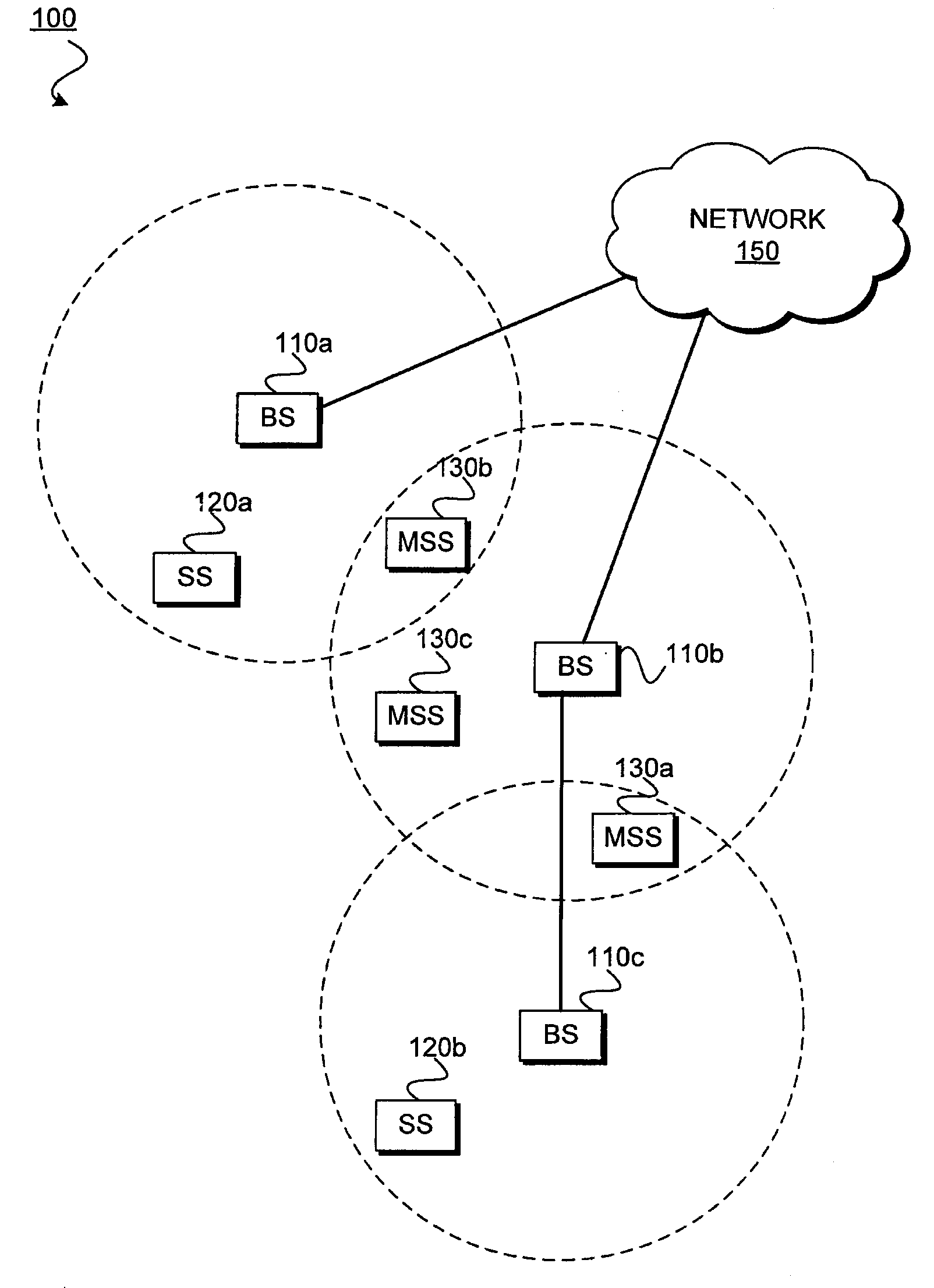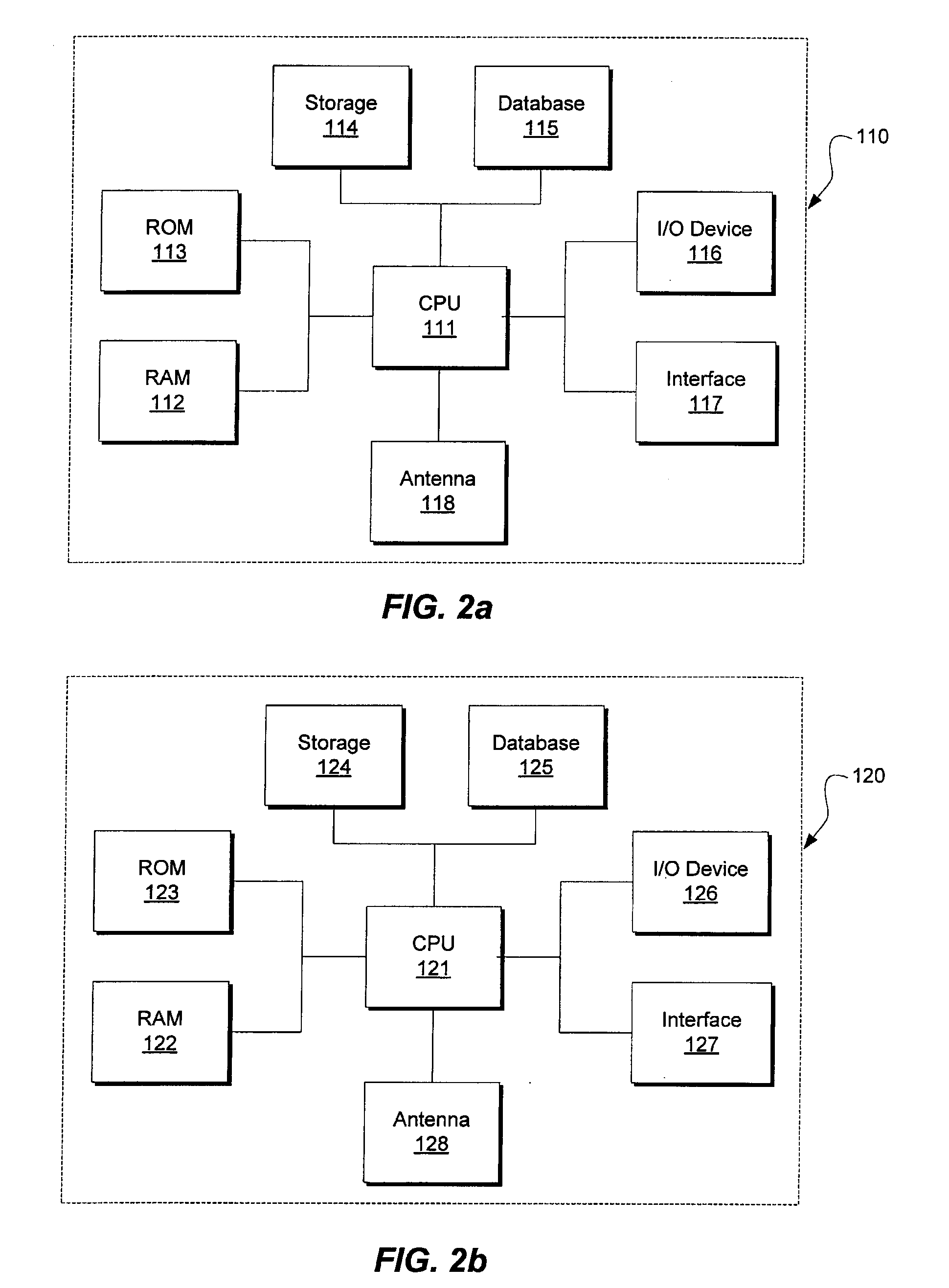Adaptive pilot design for mobile system
a mobile system and pilot design technology, applied in the field of wireless communication, can solve the problems of large amount of ici, system impairment, and does not consider inter-carrier interference caused
- Summary
- Abstract
- Description
- Claims
- Application Information
AI Technical Summary
Benefits of technology
Problems solved by technology
Method used
Image
Examples
Embodiment Construction
[0002]1. Field of the Invention
[0003]The following description relates generally to wireless communications and, more particularly, in a wireless communication environment through adaptive pilot allocation.
[0004]2. Background of the Invention
[0005]Orthogonal frequency division multiplexing (OFDM) is a method of digital modulation in which a signal is split into several narrowband channels, or sub-carriers, at different frequencies. These sub-carriers typically overlap in frequency, but are designed not to interfere with each other as would be the case with traditional frequency division multiplexing (FDM). In addition, the sub-carriers may be efficiently separated using a Fast Fourier Transform (FFT) algorithm.
[0006]Each sub-carrier is modulated with a conventional modulation scheme at a low symbol rate (i.e., rate at which a symbol is transmitted, a symbol being a set of data), maintaining data rates similar to other conventional modulation schemes in the same bandwidth. Thus each ...
PUM
 Login to View More
Login to View More Abstract
Description
Claims
Application Information
 Login to View More
Login to View More - R&D
- Intellectual Property
- Life Sciences
- Materials
- Tech Scout
- Unparalleled Data Quality
- Higher Quality Content
- 60% Fewer Hallucinations
Browse by: Latest US Patents, China's latest patents, Technical Efficacy Thesaurus, Application Domain, Technology Topic, Popular Technical Reports.
© 2025 PatSnap. All rights reserved.Legal|Privacy policy|Modern Slavery Act Transparency Statement|Sitemap|About US| Contact US: help@patsnap.com



